Have you ever noticed your cat sulking, hiding, or acting oddly just because you moved their food bowl or came home a little later than usual? If so, you might have asked yourself—do cats actually feel betrayed by small changes in their routine? It’s a question that tugs at every cat lover’s heartstrings. Our feline companions sometimes seem so sensitive, it’s as if the slightest disruption to their world is a grand offense. But what’s really going on in those mysterious minds when life shifts, even just a little? Let’s embark on a fascinating journey into the world of cats, their emotions, and how they truly react to the tiniest changes in their daily lives. You might just be surprised by what you discover.
The Mysterious Nature of Cats: Creatures of Habit

Cats are often described as creatures of habit, and there’s a good reason for that. These animals thrive on predictability and routine, finding comfort in knowing what’s coming next. When their environment stays the same, cats feel secure and in control. But when something shifts—even slightly—it can send ripples through their tranquil world. Imagine if your favorite coffee mug disappeared one morning; you’d feel a bit unsettled too. Cats rely on familiar patterns to reduce anxiety, making them surprisingly sensitive to disruptions, no matter how minor they seem to their human companions.
Why Routine Matters So Much to Felines

Routine isn’t just a preference for cats—it’s a foundation for their well-being. Consistency helps them feel safe, much like a child who finds comfort in bedtime rituals. When a routine is broken, even by something as small as a changed feeding time, some cats react with confusion or stress. Their instincts tell them that change could signal danger or scarcity, a hardwired response from their wild ancestors. This reliance on routine explains why your cat might stare accusingly if you dare to sleep in or rearrange the furniture.
Understanding Cat Emotions: Do They Really Feel Betrayal?

Many cat owners swear their pets give them the cold shoulder when things aren’t just right. But do cats truly feel “betrayed”? While betrayal is a strong word, cats do experience a range of emotions, including stress, confusion, and even disappointment. Their reactions can look like sulking, hiding, or ignoring their humans. While they might not feel betrayal in the human sense, they certainly notice disruptions and can express their displeasure in ways that tug at our hearts.
The Science Behind Feline Sensitivity

Research into feline behavior shows that cats are highly attuned to their surroundings. Their brains are wired to pick up on subtle changes, from scents to sounds to daily routines. This heightened sensitivity helped wild cats survive, as noticing a change could mean the difference between safety and danger. Today, this same sensitivity means that a new brand of litter or a different feeding schedule can throw your cat off balance. It’s not personal—it’s biology.
Common Small Changes That Impact Cats
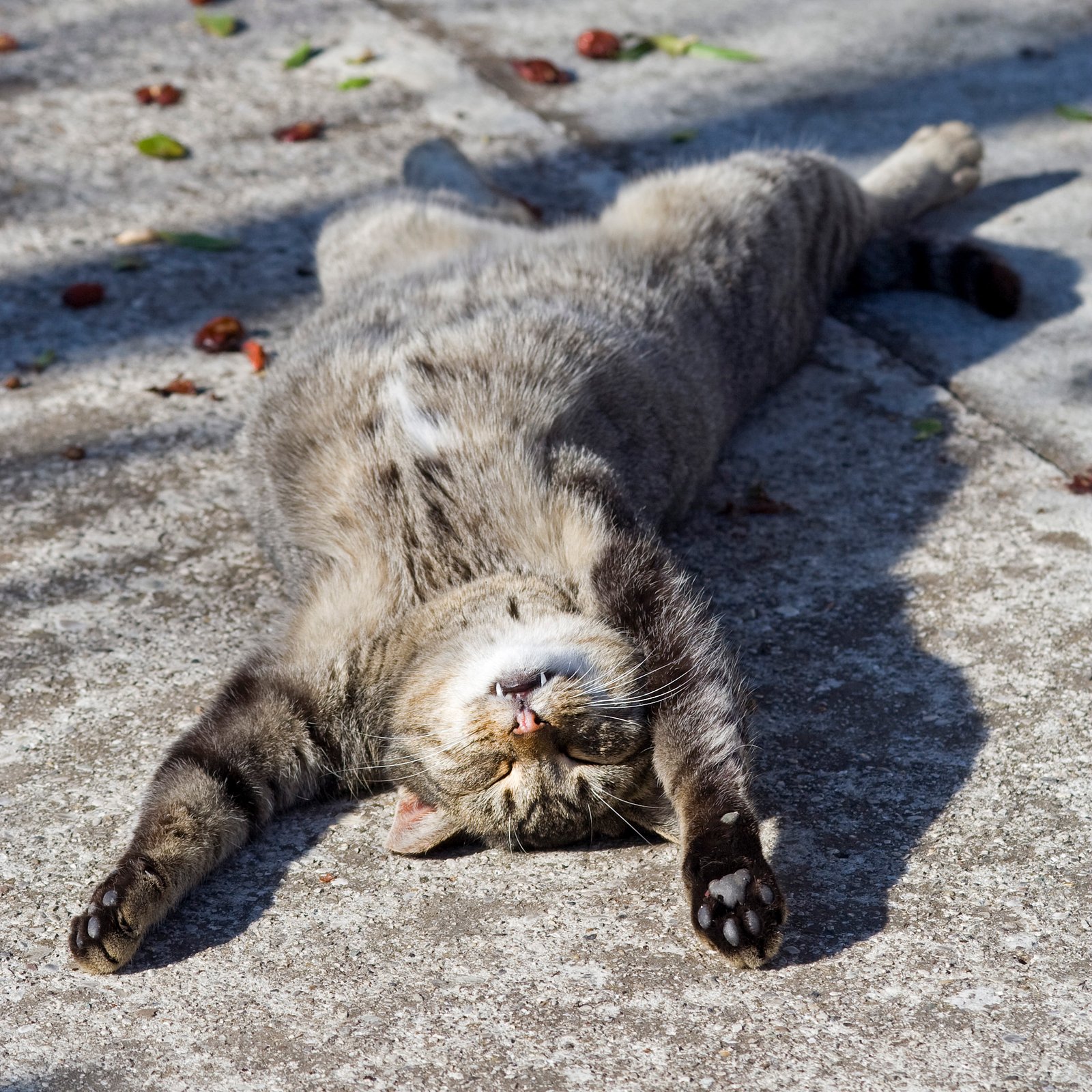
It’s not just big changes like moving house that unsettle cats; even little shifts can have a big impact. Examples include moving their litter box, switching food brands, altering your work hours, or inviting guests over. Even something as trivial as a new air freshener can cause your cat to act differently. These minor adjustments may not register as significant to us, but for your feline friend, they can be a major event.
Signs Your Cat Is Upset by Routine Changes
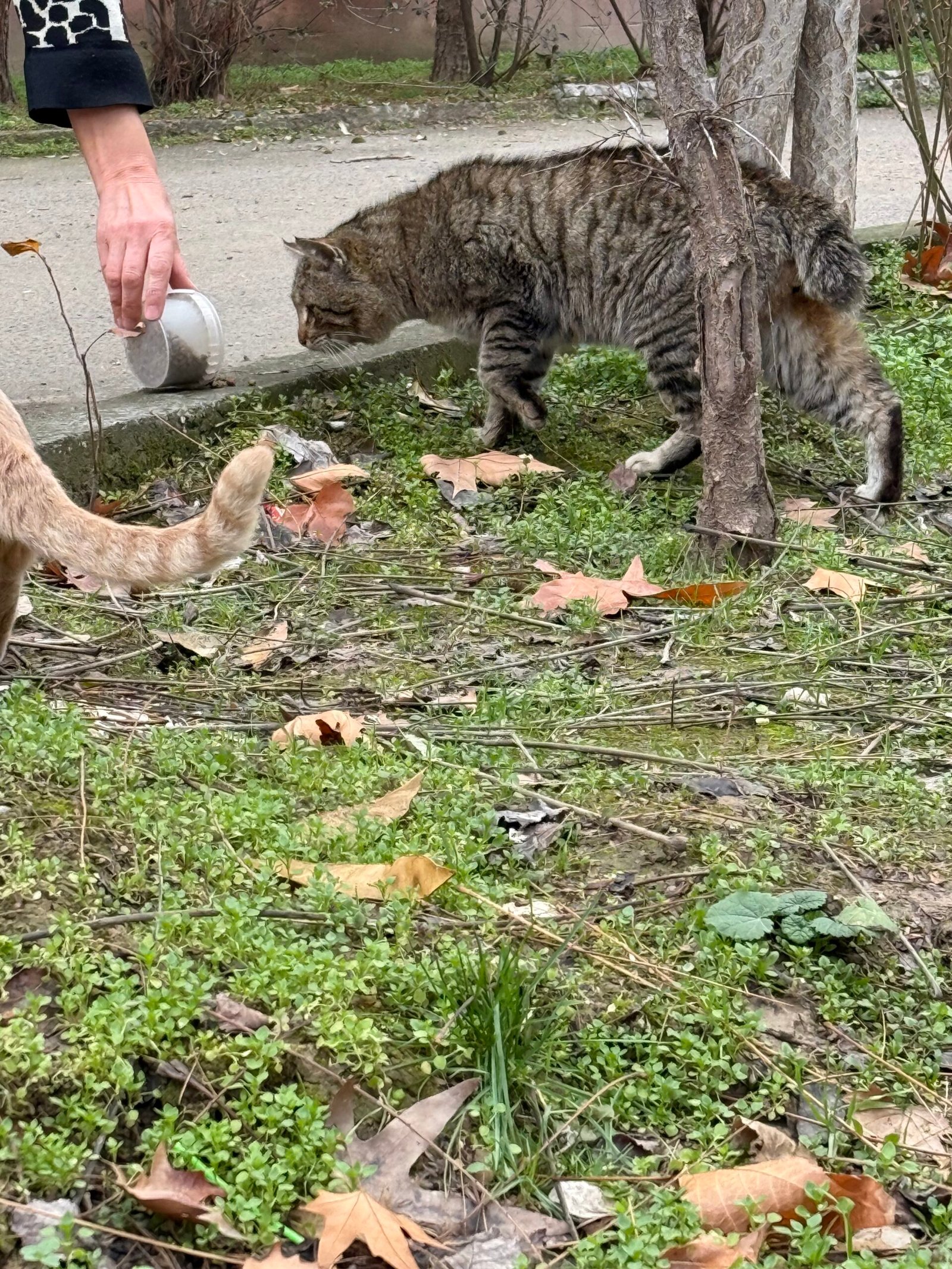
When a cat is disturbed by a change in routine, the signs can range from subtle to dramatic. You might notice your cat hiding more, becoming less affectionate, refusing food, or even displaying aggressive behavior. Some cats will vocalize their displeasure, while others simply withdraw. Watching for these cues can help you understand when your cat is feeling unsettled and in need of extra reassurance.
How Cats Communicate Their Displeasure
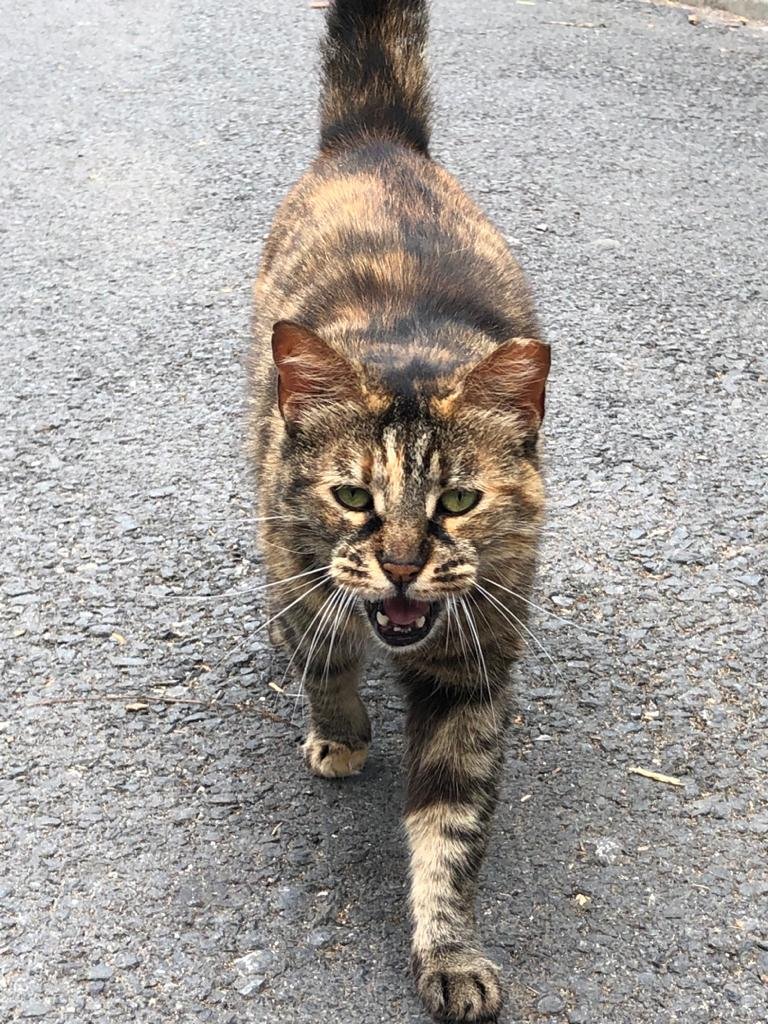
Cats have a unique way of letting us know they’re unhappy with changes. Sometimes it’s a pointed tail flick, other times a dramatic refusal to use their litter box. Some cats will “punish” their owners by ignoring them or knocking things off shelves. These behaviors aren’t meant to be spiteful but are instead a cry for understanding. It’s their way of saying, “Something’s different, and I don’t like it.”
The Role of Scent and Familiarity
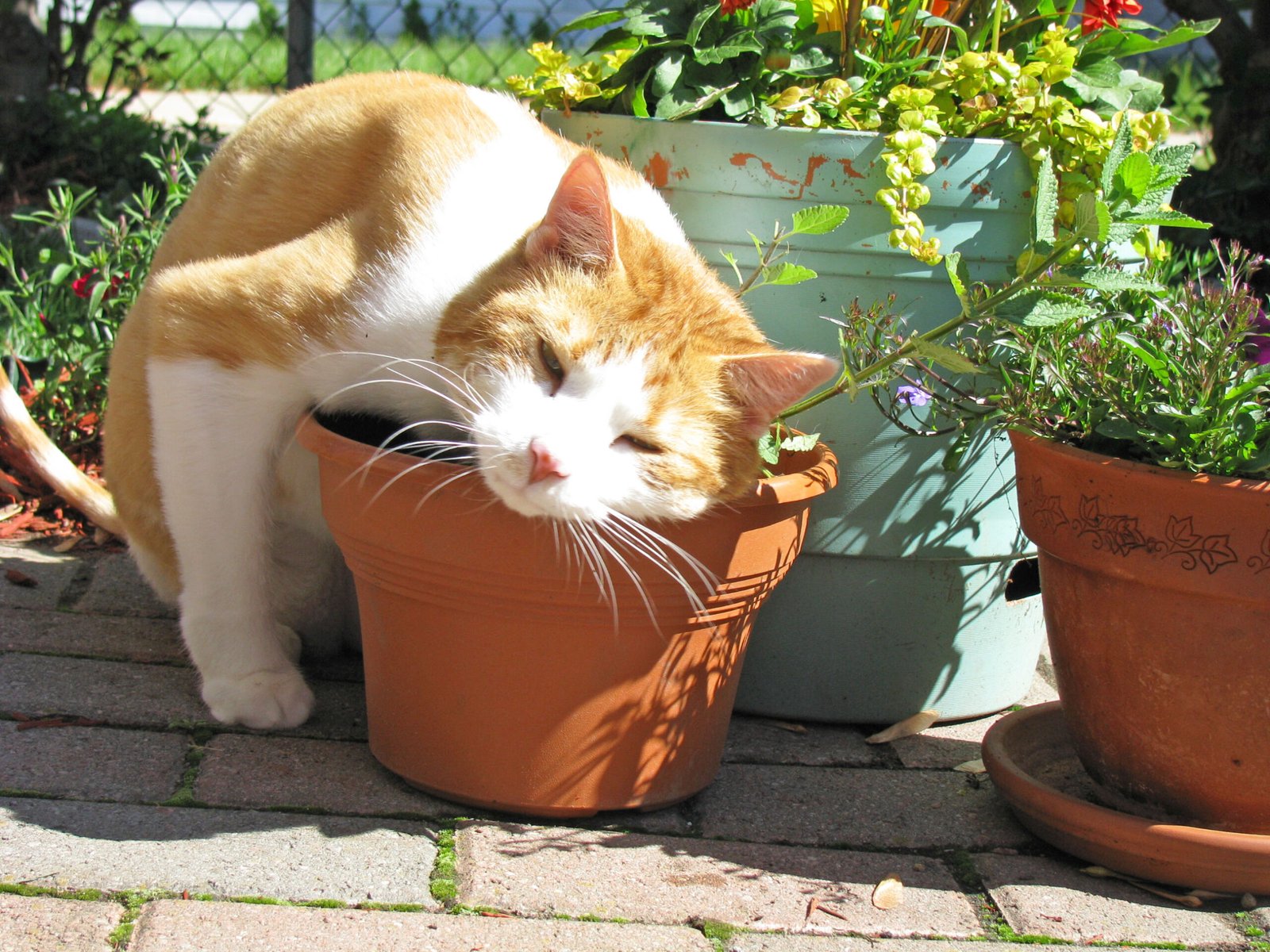
Scent plays a crucial role in how cats perceive their environment. They mark their territory with their own scent, which makes everything feel familiar and safe. When you introduce a new object or rearrange their space, it disrupts this comforting scent map. This can make a cat feel like their territory is under threat, leading to stress or anxiety. Allowing your cat time to re-mark and adjust can help ease the transition.
Food and Feeding Routine: More Than Just a Meal
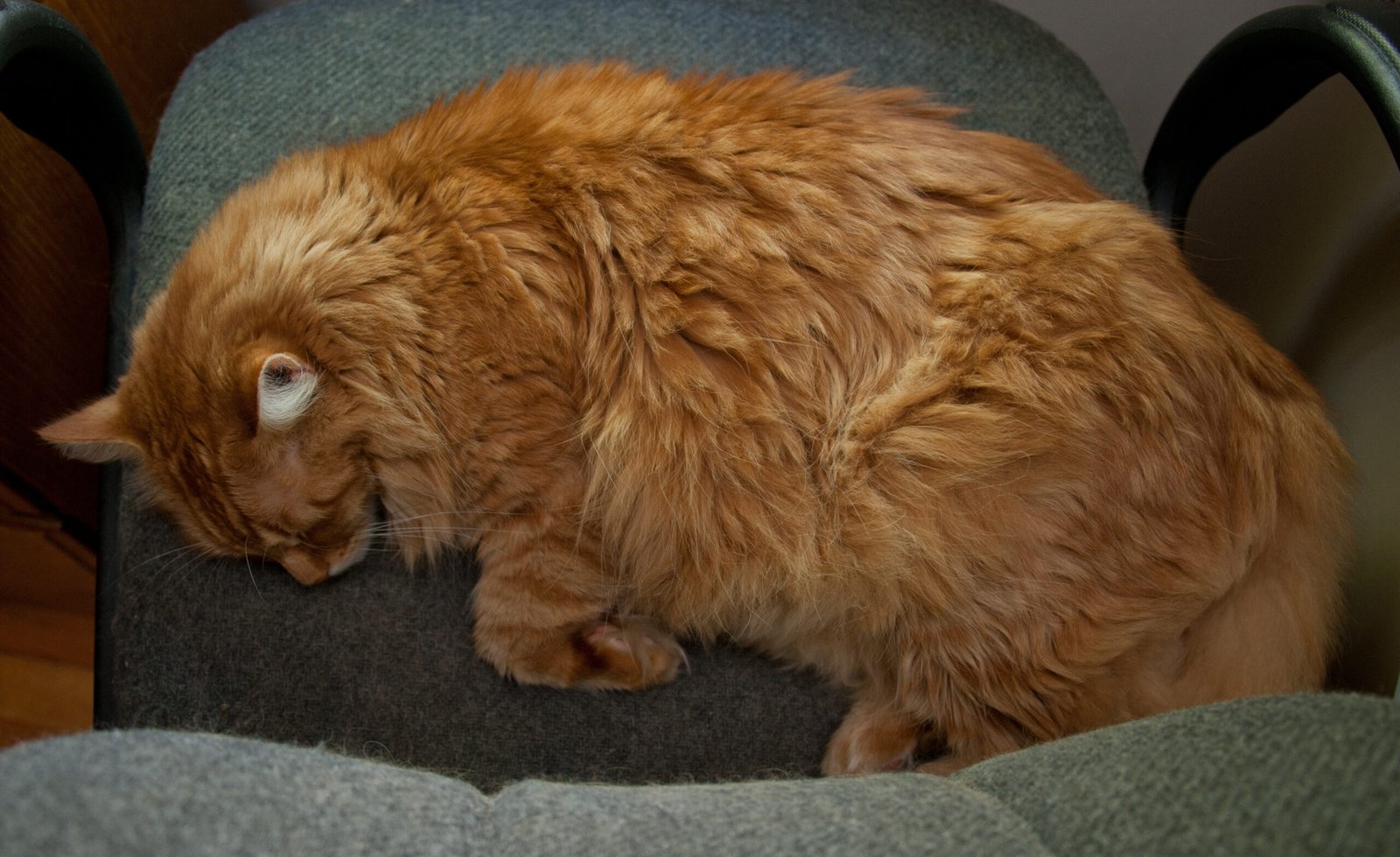
For many cats, mealtime is sacred. Changing when, where, or what they eat can be a major disruption. Some cats may refuse new food or become fussy eaters if their usual routine is altered. Keeping feeding times consistent and making gradual changes to diet or bowls can help cats adjust more easily, preventing them from feeling slighted or ignored.
Changes in Human Behavior: Why Cats Notice Everything
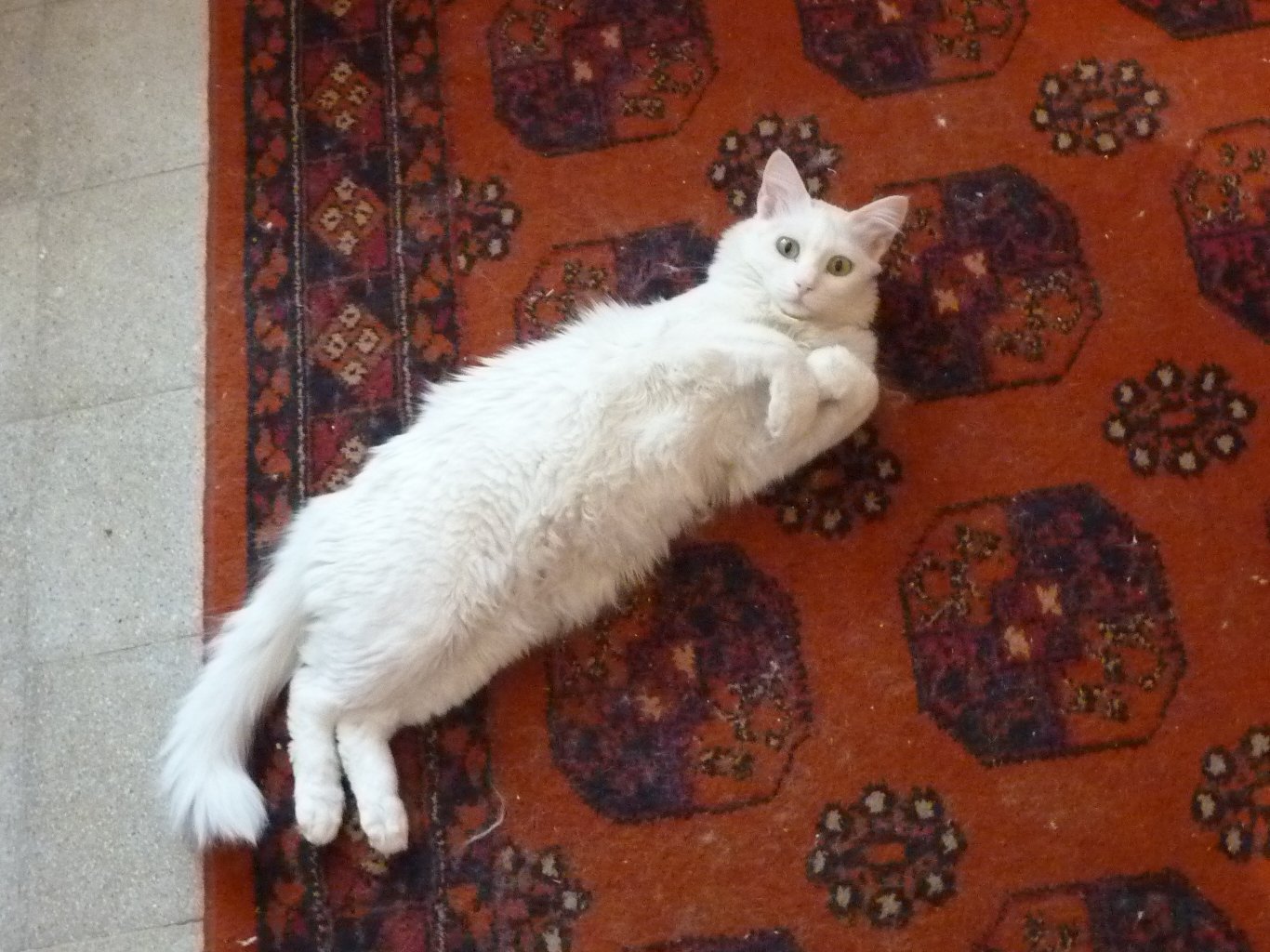
Cats are astute observers of human behavior. They notice when you come home at a different time, start a new job, or bring new people into the house. Even your mood can affect your cat’s sense of security. When your routine shifts, your cat may become clingy or distant as they try to adjust to the new normal. This strong connection to their humans means cats are more emotionally attuned than many people realize.
New Additions: Pets and People
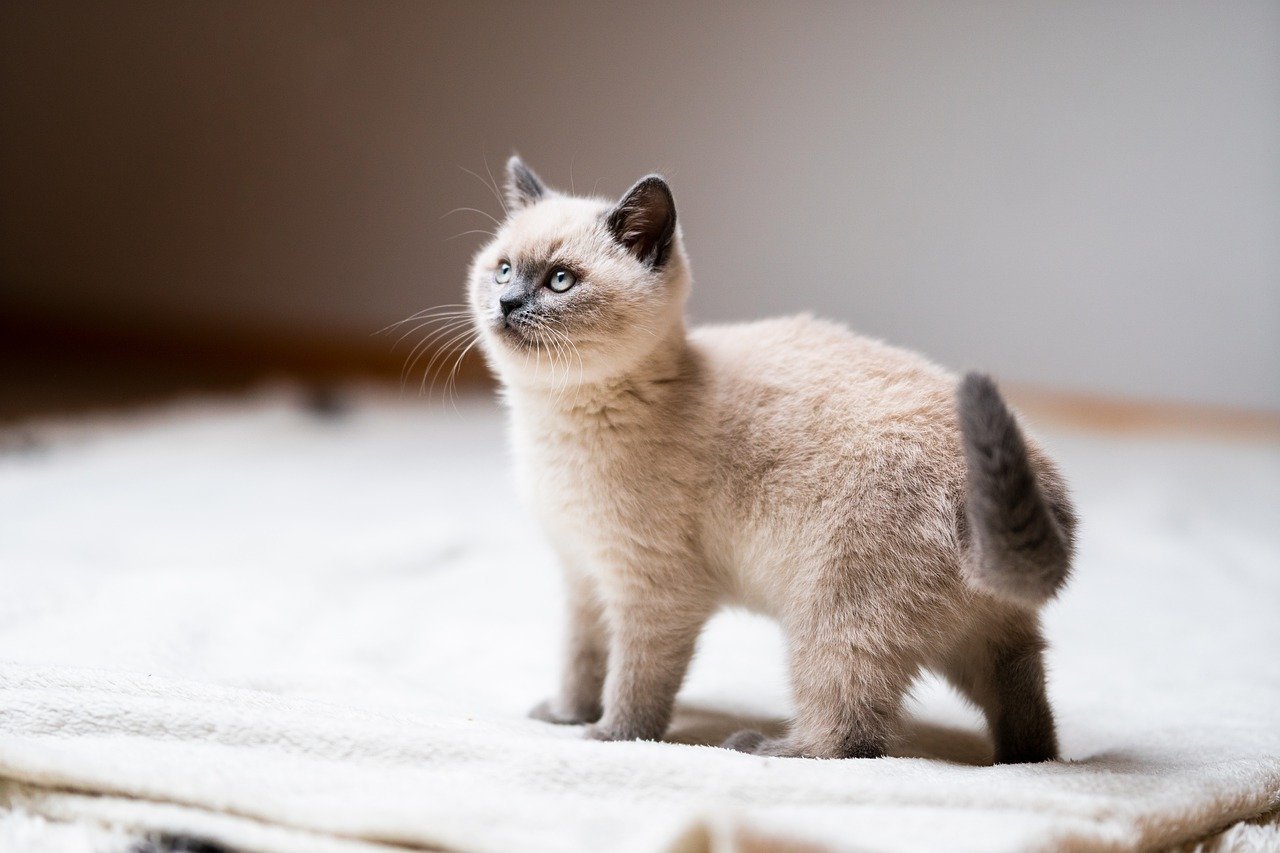
Introducing a new pet or family member can shake up your cat’s world. Even the presence of a new baby or a visiting friend can cause stress. Cats may feel displaced or less important, which can lead to behaviors that seem like jealousy or betrayal. Providing extra attention and gradual introductions can help your cat feel secure during these transitions.
Environmental Changes: Rearranging the Furniture

Something as simple as moving a chair can unsettle a cat. Furniture placement creates a mental map for your pet, guiding their movements and routines. When you change this map, your cat may feel lost or anxious. Giving your cat time to explore and adjust to the new arrangement can ease their discomfort and restore their sense of order.
Noises and Sounds: The Unseen Disturbance
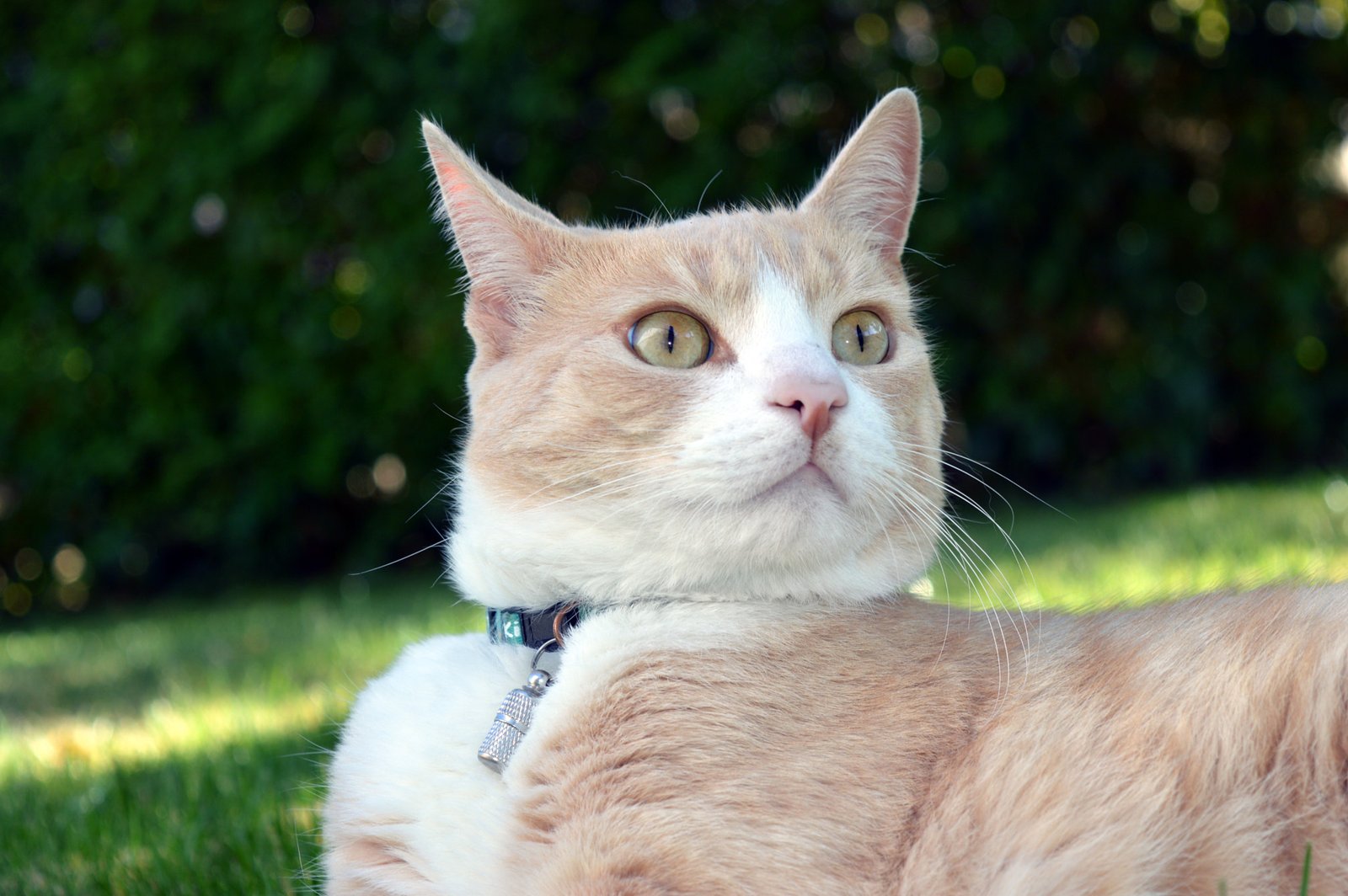
Cats have sensitive hearing and often react to new or unexpected sounds. A new appliance, construction noise, or even a different ringtone can throw them off. These changes can make your cat feel as if their territory is under threat, leading them to hide or act skittish. Creating quiet spaces and maintaining some noise consistency can help your cat cope with auditory disruptions.
Travel and Absence: Missing Their Favorite Human

When you go on vacation or even stay out late, your absence is noticed. Cats rely on your presence for reassurance and routine. A sudden disappearance can make them feel abandoned or anxious. Leaving familiar items and keeping a consistent caretaker can help your cat adjust to your absence, reducing the emotional impact.
Litter Box Location: A Sensitive Subject

The location of the litter box is more important than many people realize. Moving it—even a few feet—can cause confusion and stress. Cats form habits around this essential activity, and changing the location can disrupt their comfort and lead to accidents. If you must move the box, do so gradually and encourage your cat with treats or praise.
Health and Wellness: The Subtle Effects of Change

Routine changes can affect your cat’s health, especially if they lead to stress. Stress in cats can cause physical symptoms like vomiting, diarrhea, or excessive grooming. Monitoring your cat’s health during times of change is crucial, as some signs of distress may be subtle. Regular vet visits and careful observation help catch problems early.
Helping Your Cat Adjust to Changes

There are ways to help your cat adjust to small changes in routine. Gradual transitions, positive reinforcement, and plenty of affection can ease their anxiety. Introducing changes slowly, keeping familiar objects around, and offering favorite treats can make a world of difference. Patience and understanding are key to helping your cat feel safe during times of change.
The Importance of Play and Enrichment
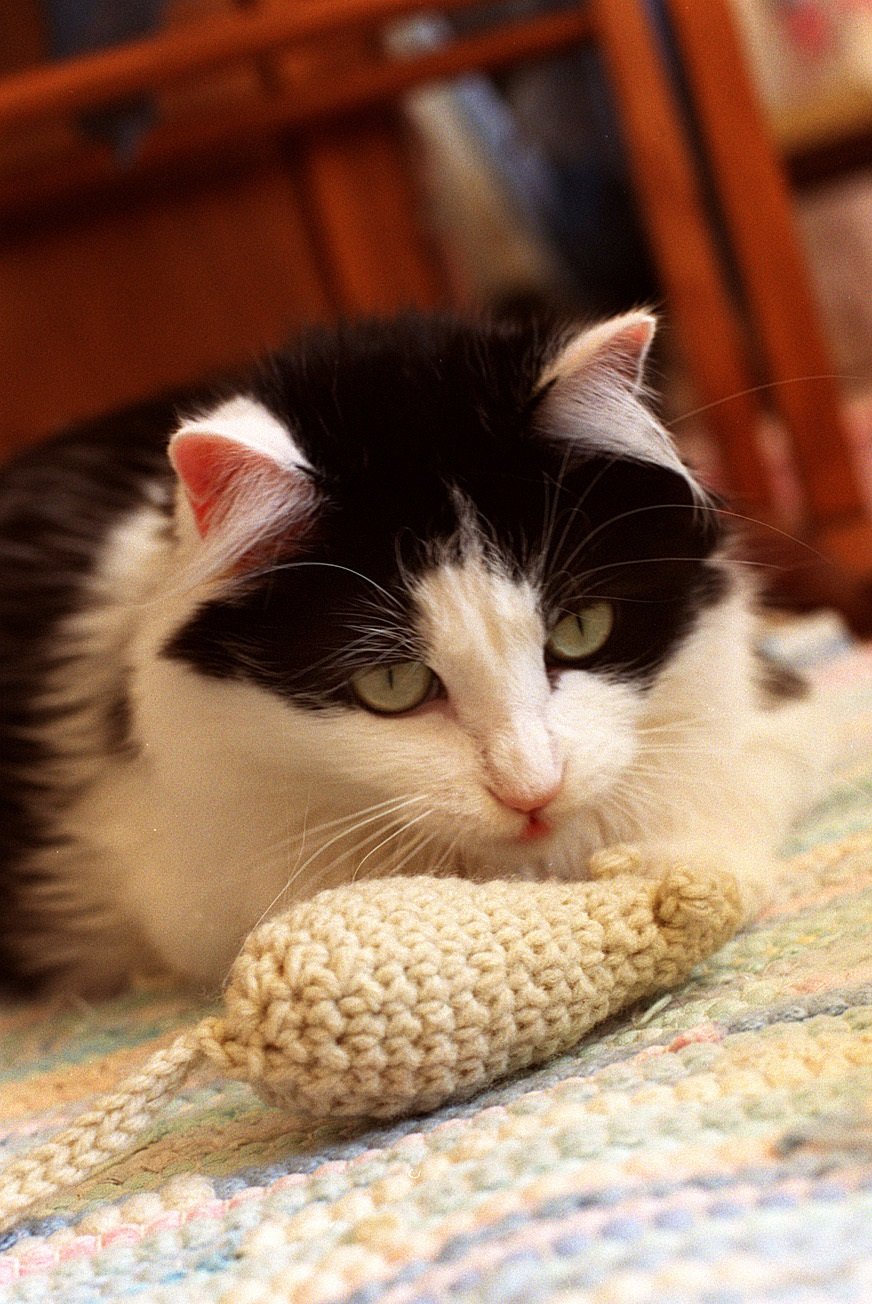
Providing regular playtime and enrichment activities can help distract your cat from stress. Toys, scratching posts, and interactive games keep their minds engaged and reduce anxiety. When your cat’s environment is stimulating, they’re more likely to cope well with changes, viewing them as less threatening.
Building Trust Through Consistency
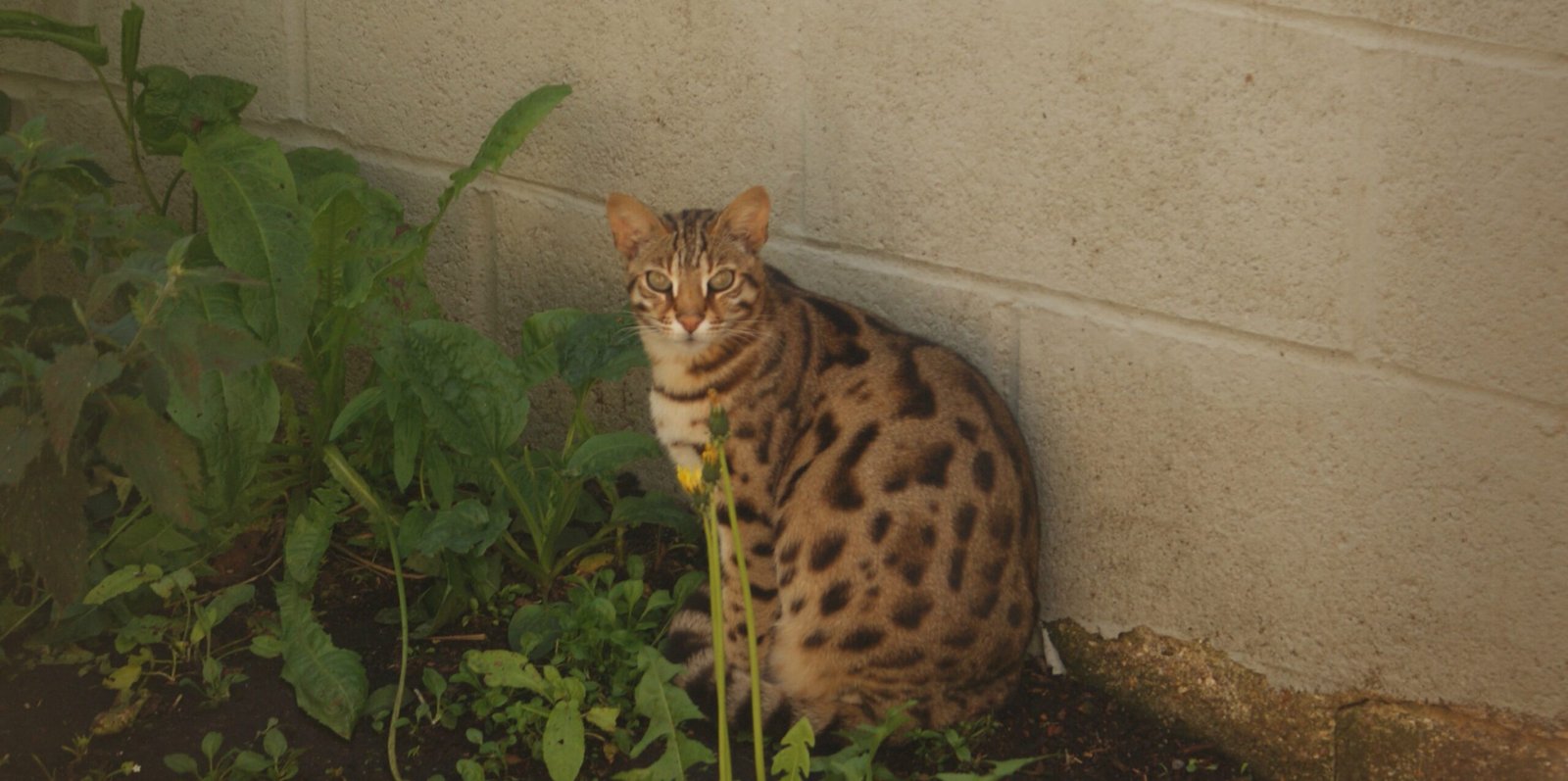
Trust is built over time through consistent care and attention. When your cat knows they can rely on you, they’re more likely to weather routine disruptions. Sticking to regular feeding, play, and cuddle times helps reinforce this trust. If changes are unavoidable, being present and reassuring can help your cat feel secure.
When to Seek Professional Help
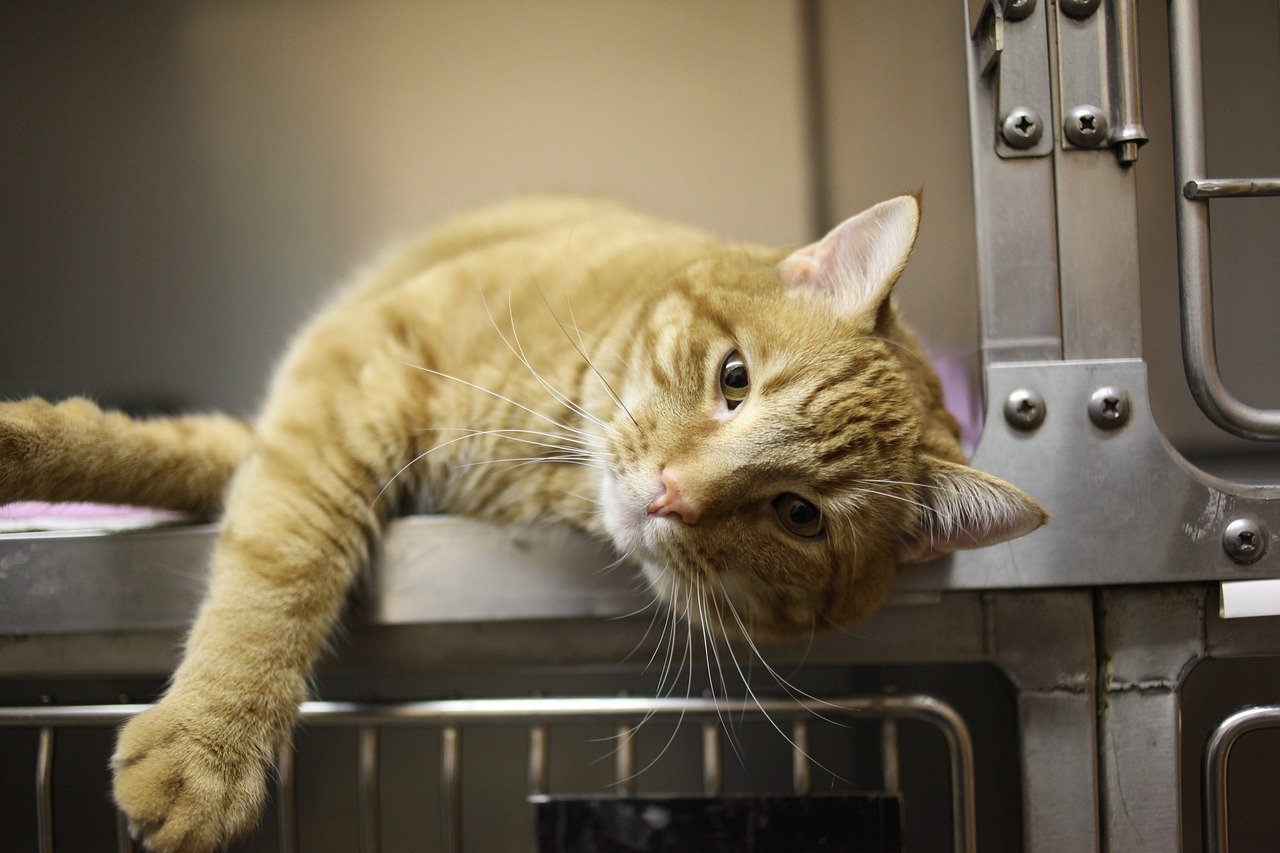
Sometimes, a cat’s reaction to change goes beyond what’s normal. If your cat shows signs of severe distress—such as persistent hiding, aggression, or health issues—it may be time to consult a veterinarian or animal behaviorist. Professional guidance can help address underlying issues and restore peace to your home.
Listening to Your Cat: The Power of Observation
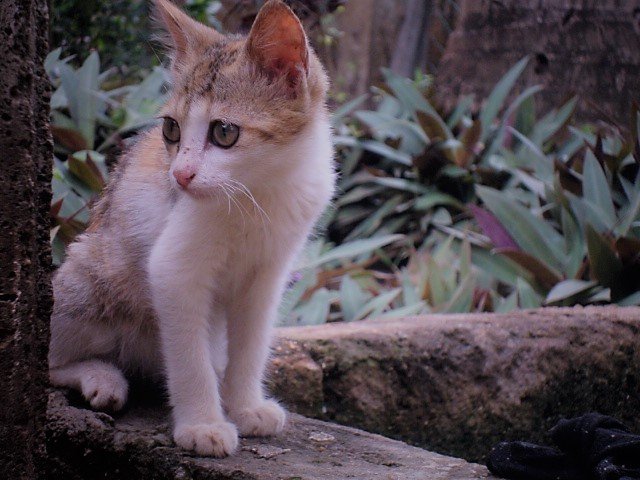
Ultimately, every cat is unique. Some adapt quickly to change, while others need more time and reassurance. By paying close attention to your cat’s behavior and responding to their needs, you can help them navigate life’s twists and turns with confidence. Your bond will grow stronger as your cat learns that, no matter what changes come, they can always count on you.
Hi, I’m Bola, a passionate writer and creative strategist with a knack for crafting compelling content that educates, inspires, and connects. Over the years, I’ve honed my skills across various writing fields, including content creation, copywriting, online course development, and video scriptwriting.
When I’m not at my desk, you’ll find me exploring new ideas, reading books, or brainstorming creative ways to solve challenges. I believe that words have the power to transform, and I’m here to help you leverage that power for success.
Thanks for stopping by, Keep coming to this website to checkout new articles form me. You’d always love it!






